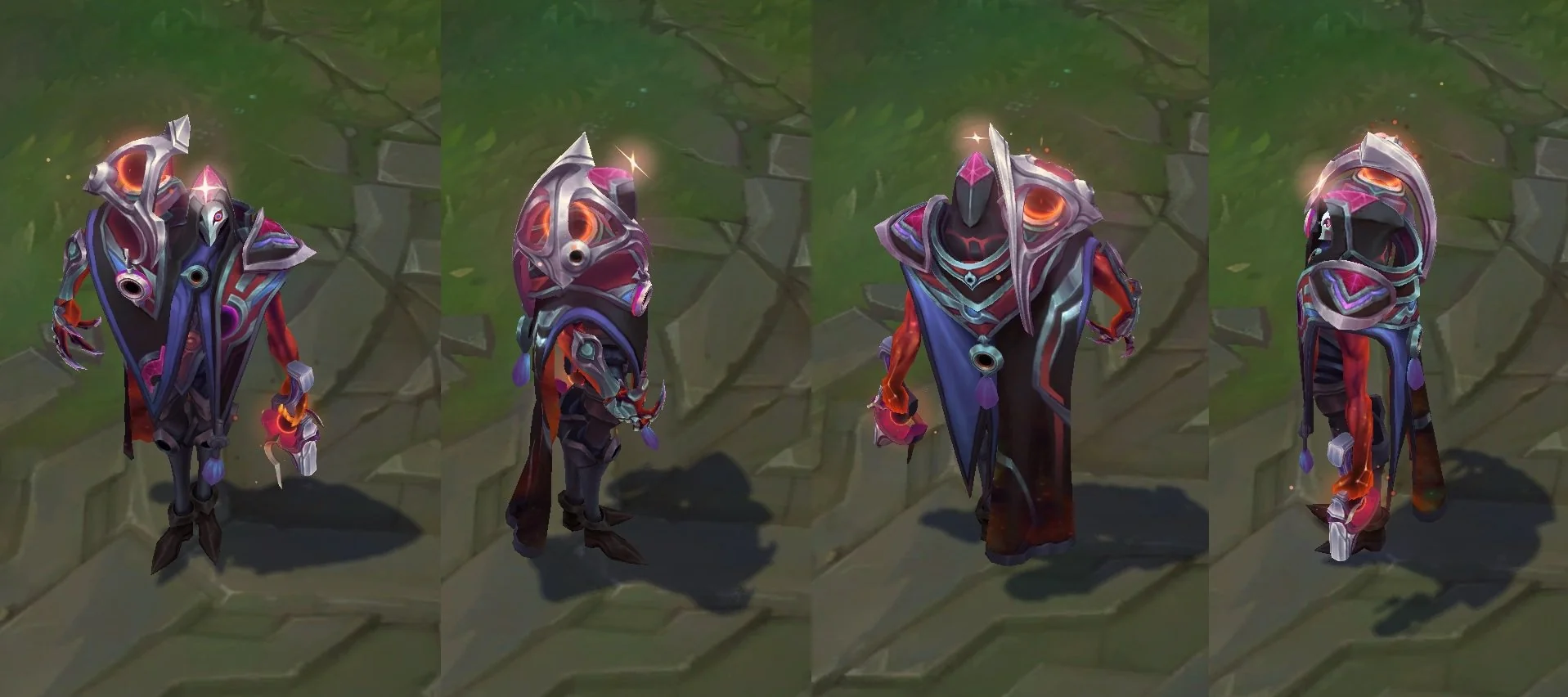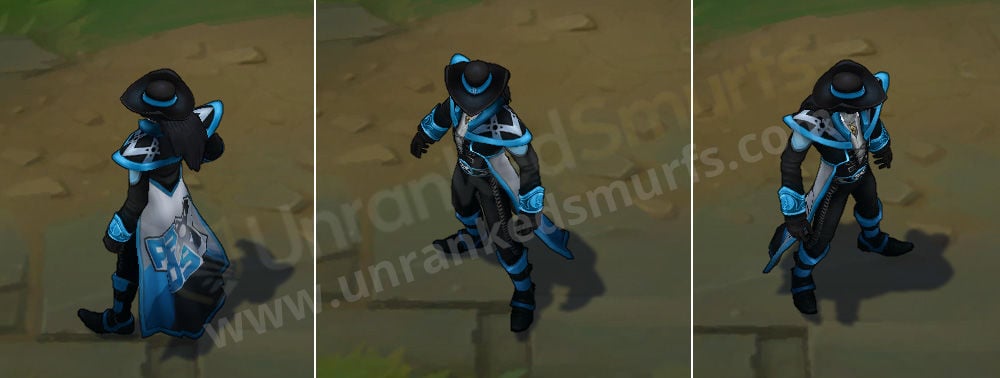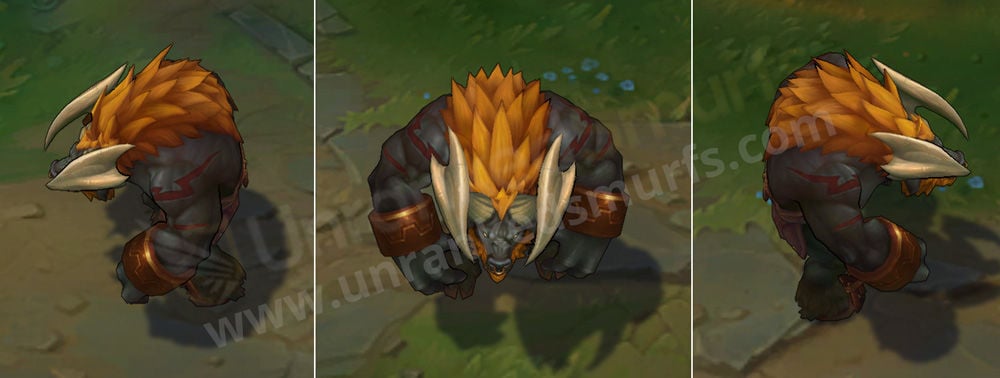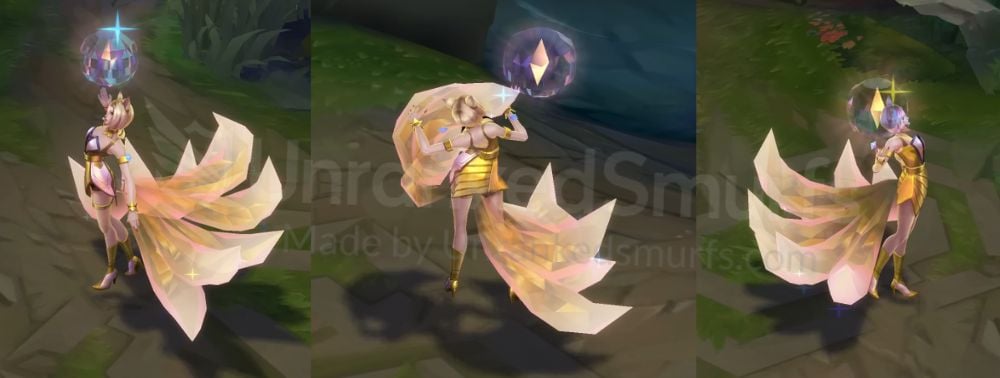
Introduction
In the vibrant world of League of Legends (LoL), skins are more than just cosmetic alterations; they are symbols of prestige, rarity, and often, significant monetary value. The year 2023 marked a notable episode with the release of a $200 gacha Jhin skin, an event that resonated throughout the gaming community and raised eyebrows about the valuation of virtual items. Prestige skins, in particular, have been a focal point of Riot Games' strategy, crafted to stand apart from the standard skins available for purchase. This surge in interest and value surrounding skins begs a deeper exploration. Why is Riot targeting high-value customers? What factors contribute to the rarity and subsequent value of these skins? Since the game's inception in 2010, how have these virtual assets evolved in terms of worth and desirability? This article delves into the realm of LoL accounts, examining the intricacies of skin valuation and the journey from mere in-game items to coveted digital assets.

The allure of rare skins in League of Legends is not just about aesthetic appeal but is deeply rooted in their exclusivity. Unlike many virtual items in the gaming world, the most expensive skins in LoL owe their high value not to their initial selling price, but to their limited availability and unique distribution methods.
Exclusivity is the primary driver of a skin's value. Many of the rarest skins in LoL were never sold for high prices; instead, they were distributed by Riot Games at no cost under special circumstances. This model of distribution creates an inherent scarcity, fueling the demand and value of these skins in the player community and the broader market.

A prime example of this trend is the PAX skin series, which includes PAX Twisted Fate, valued at approximately $1,200, PAX Jax at $600, and PAX Sivir at $300 as of 2023. These skins were originally given away during PAX (Penny Arcade Expo) events, making them highly exclusive and sought-after items in the LoL universe.

Similarly, skins released during the beta phase of the game hold significant value due to their limited availability. Black Alistar, a beta skin, is priced around $500, while Young Ryze, another early skin, stands at about $250. These skins serve as badges of honor for early adopters of the game, adding to their rarity and value.
On the other end of the spectrum, event skins like Silver Kayle, valued at $50, offer a unique but slightly more accessible option for players. While not as rare as the PAX or beta skins, these collector editions still hold value due to their distinctive design and limited release.
It's essential to note that the value of these skins has significantly increased over time. A few years ago, their worth was just a fraction (5 to 10%) of their current value in 2023. This dramatic increase highlights the evolving nature of digital assets in gaming and the growing interest in unique, rare items within the LoL community.
In conclusion, the value of skins in League of Legends is intricately tied to their exclusivity, distribution method, and the historical context of their release. As the game continues to evolve and attract new players, these rare skins remain not just virtual items, but symbols of status, history, and investment within the game's vibrant ecosystem.
As the popularity of League of Legends soared, Riot Games identified the increasing value players placed on skins. In an effort to increase their margins, they began releasing skins with more intricate visual effects, new models, and fresh concepts to encourage sales. Despite these changes, the company seemingly encountered a point of diminishing returns. This led Riot to explore new strategies to maintain the allure and value of their skins.
Around 2018, Riot Games shifted its approach by introducing artificial exclusivity to its virtual items. This strategy was implemented in two primary ways:

However, it seems that this strategy wasn’t that effective. Riot keeps reworking seasonal passes, prestige system into mystic and even takes rare moves such as targeting high spending users with 200$ chromas, indicating that these strategies have not been as effective as anticipated. Even the oldest Prestige skins, once seen as pinnacle items of rarity and value, have not significantly increased the overall value of accounts in which they are held. This outcome suggests that the perceived value of these skins may not align perfectly with how they were marketed and what Riot Games hoped for.
This disconnect between Riot's strategy and the market's response raises questions about the true drivers of value in digital assets. It suggests that artificial scarcity and high price points alone may not be sufficient to sustain long-term interest and value. The case of League of Legends skins underscores the complex dynamics at play in virtual economies and the challenges game developers face in striking a balance between rarity, desirability, and player satisfaction.
In an effort to balance exclusivity and profitability, Riot Games embarked on a unique experiment: re-releasing versions of previously exclusive skins. This move was exemplified with the introduction of the Neo PAX Sivir and Neo PAX Jax, modern iterations of the old, highly-coveted PAX skins.
The concept behind these re-releases was straight forward. Riot aimed to capitalize on the nostalgia and desirability of the original PAX skins while offering something new to the player base. This strategy was intended to tap into the existing demand for rare skins, providing a fresh opportunity for players who missed out on the original releases.
However, the gap of seven years between the original releases and their Neo counterparts suggests that this initiative might not have met Riot's expectations. Such a lengthy interval is unusual for a successful re-release, which typically capitalizes on demand while it's still relatively high.
The user’s response to the Neo PAX skins has been seemingly lukewarm compared to the original versions. This indicates a possible miscalculation in Riot's strategy. While the Neo skins maintained a degree of appeal, they did not capture the same level of excitement and value as their predecessors.
This experiment raises important questions about the balance between preserving the exclusivity of skins and exploiting their market potential. It suggests that re-releasing skins, even with a fresh twist, does not automatically guarantee success. The essence of what makes a skin truly rare and valuable seems to be tied not just to its aesthetics, but also to its history and the context of its initial release.
The concept of investing in virtual items, specifically League of Legends skins, has become a topic of intrigue in the digital economy. Many wonder, can real money be made from investing in LoL skins? The answer is nuanced and varies based on individual circumstances and market trends.
There are known cases of users who collected PAX skin codes or held onto their accounts for 8-10 years, eventually reselling them for profits ranging from $500 to $2,000. While these figures may not seem monumental to some, they are significant when put into perspective. For instance, the value of Black Alistar skins has surged from around $50 per account eight years ago to over $500 today. This increase represents a staggering 1,000% growth over a decade, a rate that outpaces many traditional commodities.
It's essential to understand that a 450-dollar profit from a single account might not seem substantial in absolute terms, but the percentage increase is noteworthy. Such growth in the virtual item market could be considered impressive when compared to traditional investment avenues.
Looking ahead, Riot Games has ambitious plans for League of Legends, envisioning it as a generational sport with a lifespan of over 50 years. If this vision materializes, the value of early and rare skins could potentially skyrocket. However, this is speculative, and the future of virtual item values remains uncertain.
As the largest skins and accounts store, we observe Riot's strategies with interest. We hope that Riot will find a harmonious balance in managing the rarity and value of skins, without resorting to forced exclusivity or artificial scarcity. The future value of these virtual assets hinges on how well Riot
